A fine and important 'grand habit de cour' bodice, French, 1765-75. of pale pink satin overlaid with scalloped bands of silver lace terminating at the front waist in an arrow-head shaped point, tabbed satin sides with cord piped edging, wide, curving neckline with short sleeves set far back over the rear shoulders to produce the desired rigid forward thrusting décoletté and bare shoulders, large metal hooks to the rear waist to take the court train, cotton braids to the waist sides for attaching to the petticoat, bust approx 76cm, 30in, waist 53.5cm, 21in A grand habit de cour, or robe de cour (also called a robe de corpse by the British), was a stiff-bodied gown which was used as the formal court wear across much of Europe, and most particularly in France, throughout the 18th century. It consisted of a stiff, boned bodice, laced up the back, a skirt, (of varying shape) and a separate train worn either at the waist or falling from the shoulders and detachable lace sleeves. Additional stays were not worn (as with open robes) as the integral rigid boning within the bodice was more than sufficient to hold and constrict the figure to the desired silhouette. Very few of these bodices have survived. Although made of rich fabrics, they were often also further adorned with real jewels including diamonds, so were frequently taken apart after their use was finished. The Swedish Royal collection includes three robe du cour bodices including a cloth of silver example - the wedding 'robe de cour' of Princess Sophia Magdalena of Denmark when she married Prince Gustav III of Sweden at the Palace Church, November 4th 1766, (Livrustkammeren Museum, Stockholm). Silver robes de cour were the standard wedding dresses for royal brides across Europe in the 18th century, including Empress Catherine the Great and Queen Marie Antoinette. An English cloth of gold robe de cour bodice of 1761 (Helen Larson collection) is included in the collection of FIDM. The Palais Galliera includes a pale blue silk 'corsette', of similar shape but un-boned of the 1780s which is believed to have belonged to Marie Antoinette in 1780-87. We are not aware of any other extant robe de cour bodices of this period. Lot 28 also bears a striking similarity to that worn in a portrait of Maria Caroline of Naples (Marie Antoinette's elder sister) by Raphael Mengs, of 1768, the year of her marriage to King Ferdinand IV. In France, the rigid bodice style was popularised during the reign of the Sun King - Louis XIV (1638-1715), who liked the women of his court to display as much décolleté and shoulders as was humanly possible. Thus, this highly restrictive but elegant garment became mandatory for all court occasions and continued to be worn in various forms until the late 18th century. Colour was important. When debutantes were first formally presented to the monarch for the first time at court they wore a black, white or silver robe de cour, but afterwards were allowed to wear an example in a colour of their choice such as this lovely pink bodice. The detachable train was also an indicator of the wearer's status: the longer the train, the higher the rank of its wearer. Although the shape of the bodice remained relatively unchanged throughout the 18th century (until the 1770s-80s when the neckline became more square), the matching skirts changed with the prevailing fashions of the day, ranging from slightly angular conical shape to enormous, wide rectangular skirts. During the 1770s, Louis XVI, (at the instigation of Marie Antoinette who called the robe de cour 'obsolete and unbearable') allowed the rules to be slightly relaxed. The robe à la française instead was widely adopted at court, and the robe de cour was reserved for just the most formal occasions, albeit with less wide panniers and shorter trains, making them slightly easier to manage. In 1783 the King went further, allowing the wearing of a grande robe à la Française, (one worn with large panniers but without the stiff str
A fine and important 'grand habit de cour' bodice, French, 1765-75. of pale pink satin overlaid with scalloped bands of silver lace terminating at the front waist in an arrow-head shaped point, tabbed satin sides with cord piped edging, wide, curving neckline with short sleeves set far back over the rear shoulders to produce the desired rigid forward thrusting décoletté and bare shoulders, large metal hooks to the rear waist to take the court train, cotton braids to the waist sides for attaching to the petticoat, bust approx 76cm, 30in, waist 53.5cm, 21in A grand habit de cour, or robe de cour (also called a robe de corpse by the British), was a stiff-bodied gown which was used as the formal court wear across much of Europe, and most particularly in France, throughout the 18th century. It consisted of a stiff, boned bodice, laced up the back, a skirt, (of varying shape) and a separate train worn either at the waist or falling from the shoulders and detachable lace sleeves. Additional stays were not worn (as with open robes) as the integral rigid boning within the bodice was more than sufficient to hold and constrict the figure to the desired silhouette. Very few of these bodices have survived. Although made of rich fabrics, they were often also further adorned with real jewels including diamonds, so were frequently taken apart after their use was finished. The Swedish Royal collection includes three robe du cour bodices including a cloth of silver example - the wedding 'robe de cour' of Princess Sophia Magdalena of Denmark when she married Prince Gustav III of Sweden at the Palace Church, November 4th 1766, (Livrustkammeren Museum, Stockholm). Silver robes de cour were the standard wedding dresses for royal brides across Europe in the 18th century, including Empress Catherine the Great and Queen Marie Antoinette. An English cloth of gold robe de cour bodice of 1761 (Helen Larson collection) is included in the collection of FIDM. The Palais Galliera includes a pale blue silk 'corsette', of similar shape but un-boned of the 1780s which is believed to have belonged to Marie Antoinette in 1780-87. We are not aware of any other extant robe de cour bodices of this period. Lot 28 also bears a striking similarity to that worn in a portrait of Maria Caroline of Naples (Marie Antoinette's elder sister) by Raphael Mengs, of 1768, the year of her marriage to King Ferdinand IV. In France, the rigid bodice style was popularised during the reign of the Sun King - Louis XIV (1638-1715), who liked the women of his court to display as much décolleté and shoulders as was humanly possible. Thus, this highly restrictive but elegant garment became mandatory for all court occasions and continued to be worn in various forms until the late 18th century. Colour was important. When debutantes were first formally presented to the monarch for the first time at court they wore a black, white or silver robe de cour, but afterwards were allowed to wear an example in a colour of their choice such as this lovely pink bodice. The detachable train was also an indicator of the wearer's status: the longer the train, the higher the rank of its wearer. Although the shape of the bodice remained relatively unchanged throughout the 18th century (until the 1770s-80s when the neckline became more square), the matching skirts changed with the prevailing fashions of the day, ranging from slightly angular conical shape to enormous, wide rectangular skirts. During the 1770s, Louis XVI, (at the instigation of Marie Antoinette who called the robe de cour 'obsolete and unbearable') allowed the rules to be slightly relaxed. The robe à la française instead was widely adopted at court, and the robe de cour was reserved for just the most formal occasions, albeit with less wide panniers and shorter trains, making them slightly easier to manage. In 1783 the King went further, allowing the wearing of a grande robe à la Française, (one worn with large panniers but without the stiff str
.jpg)
.jpg)
.jpg)
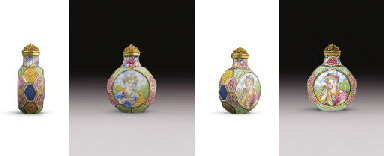

.jpg)
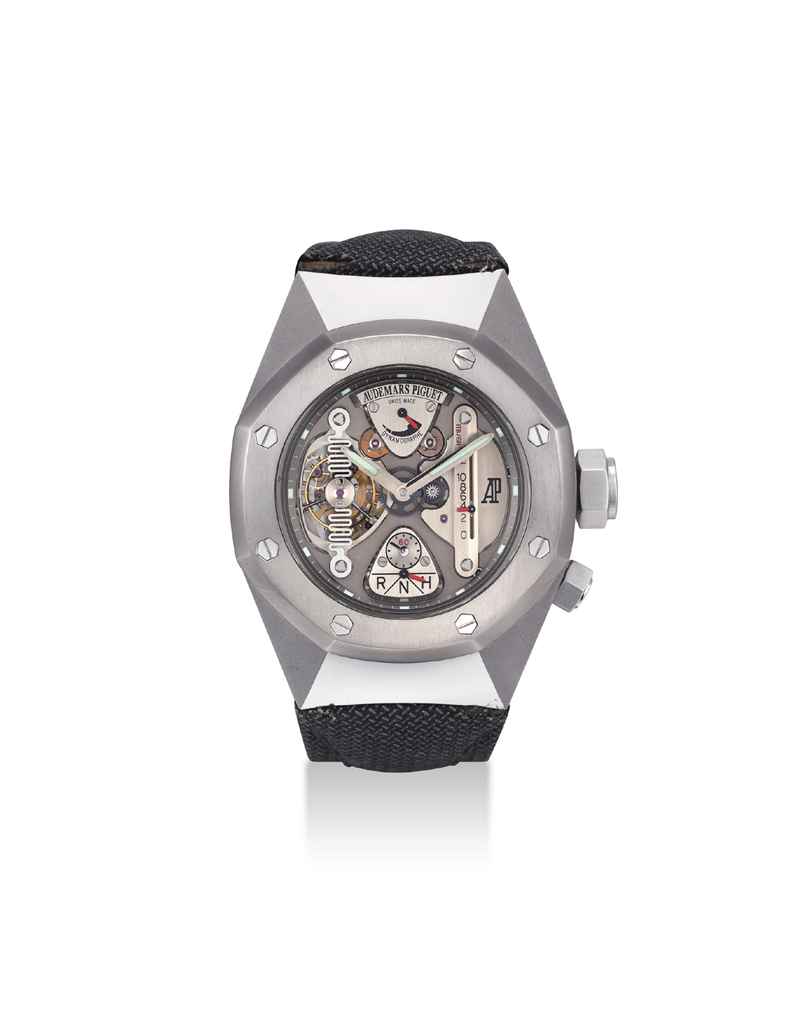
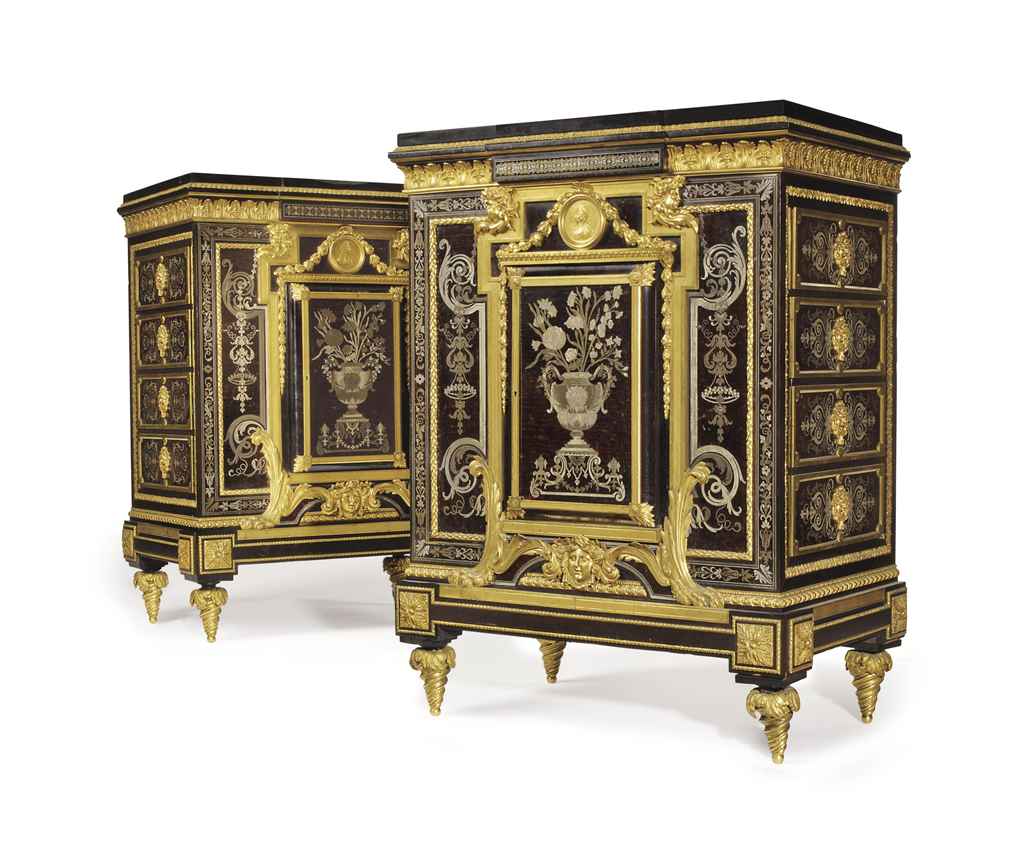
.jpg)
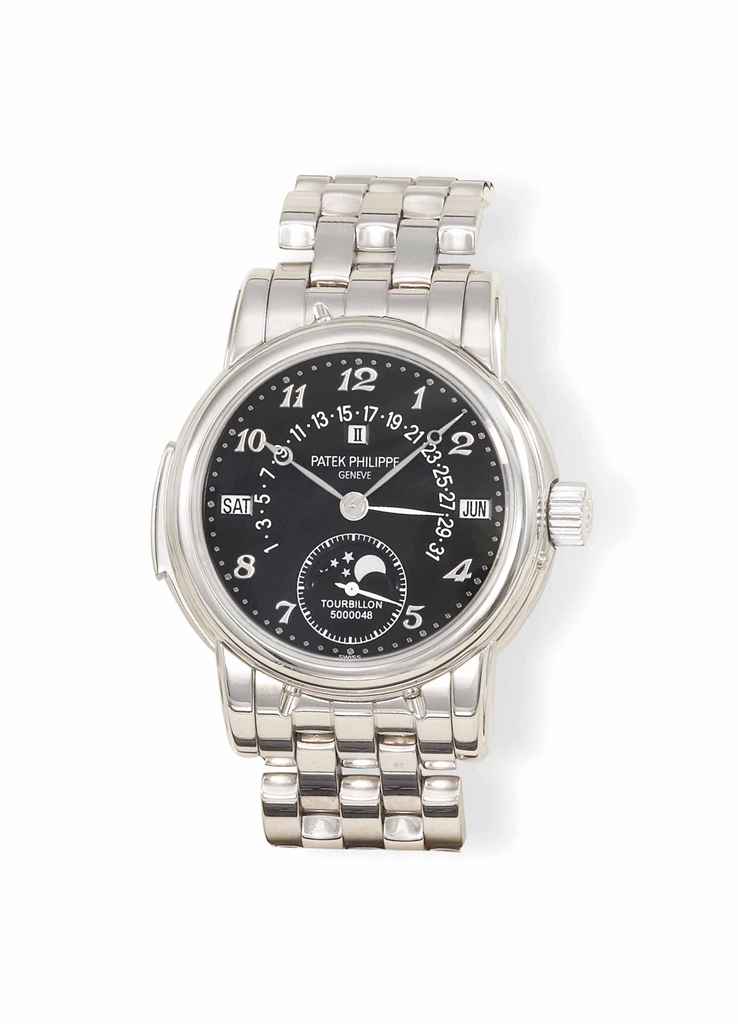
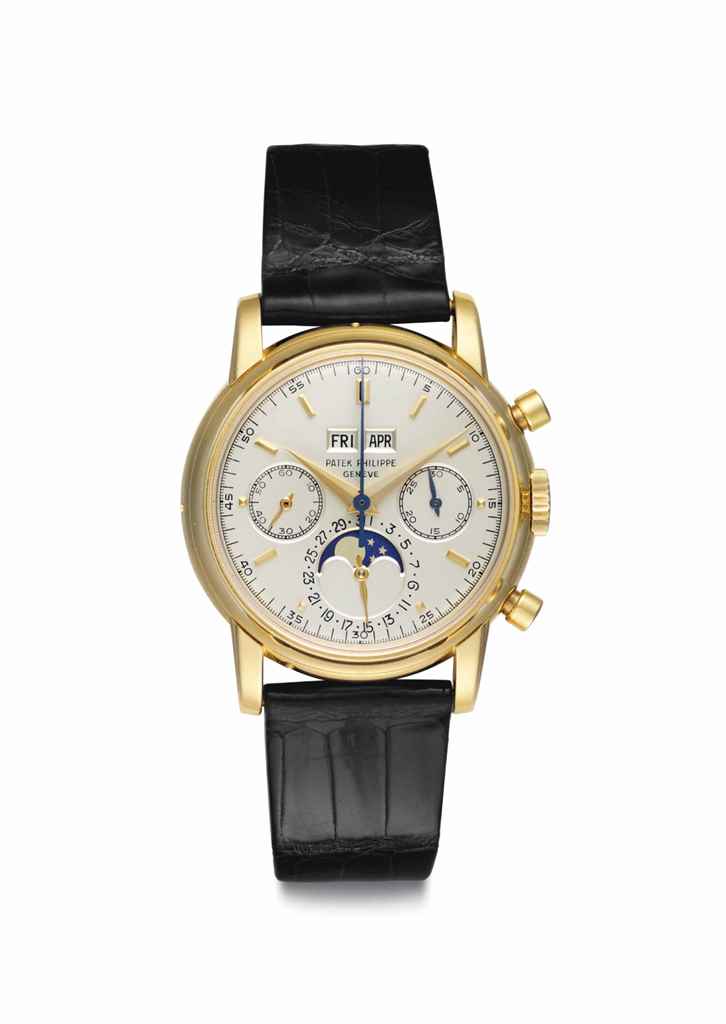
.jpg)

.jpg)
Try LotSearch and its premium features for 7 days - without any costs!
Be notified automatically about new items in upcoming auctions.
Create an alert